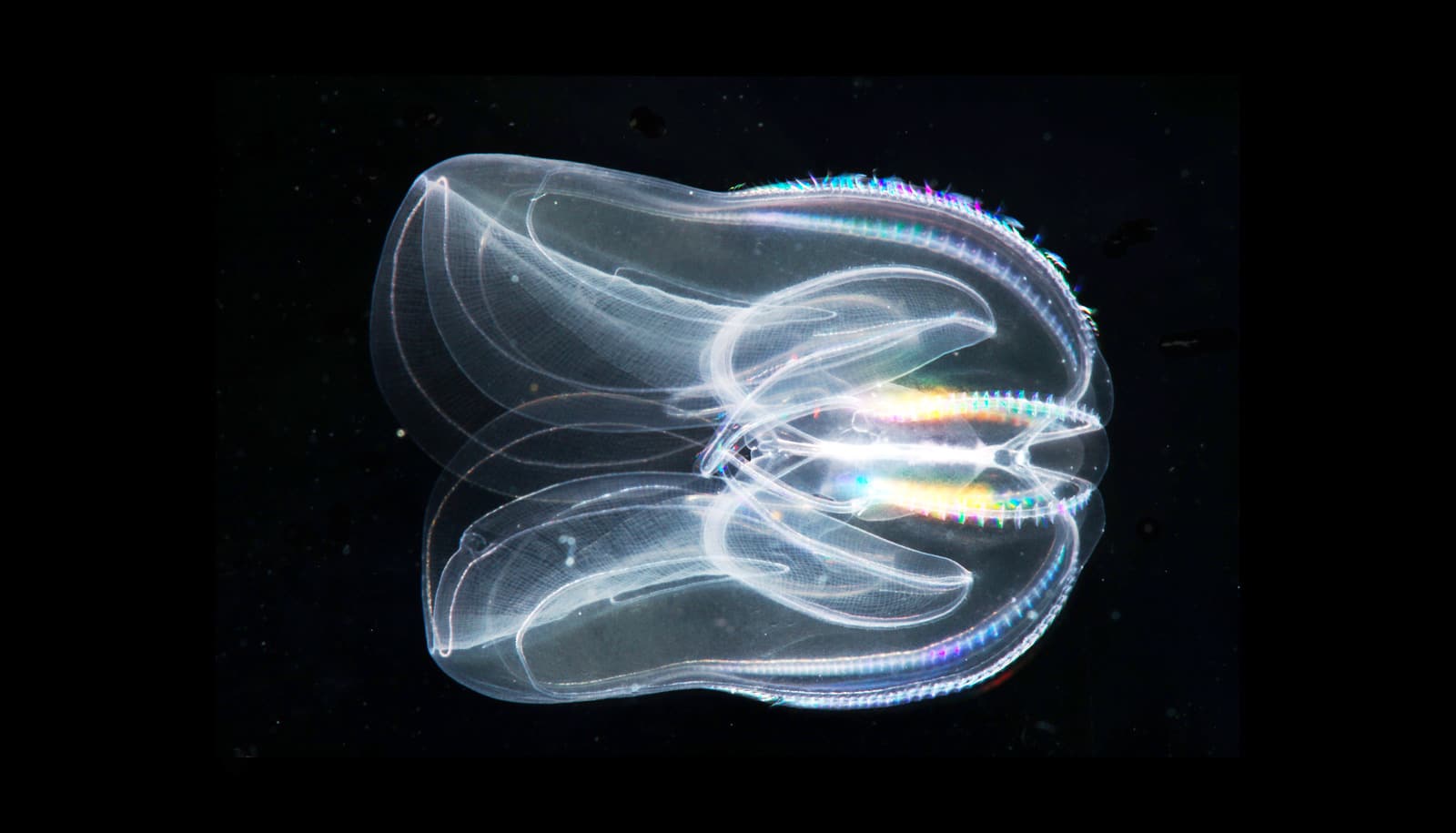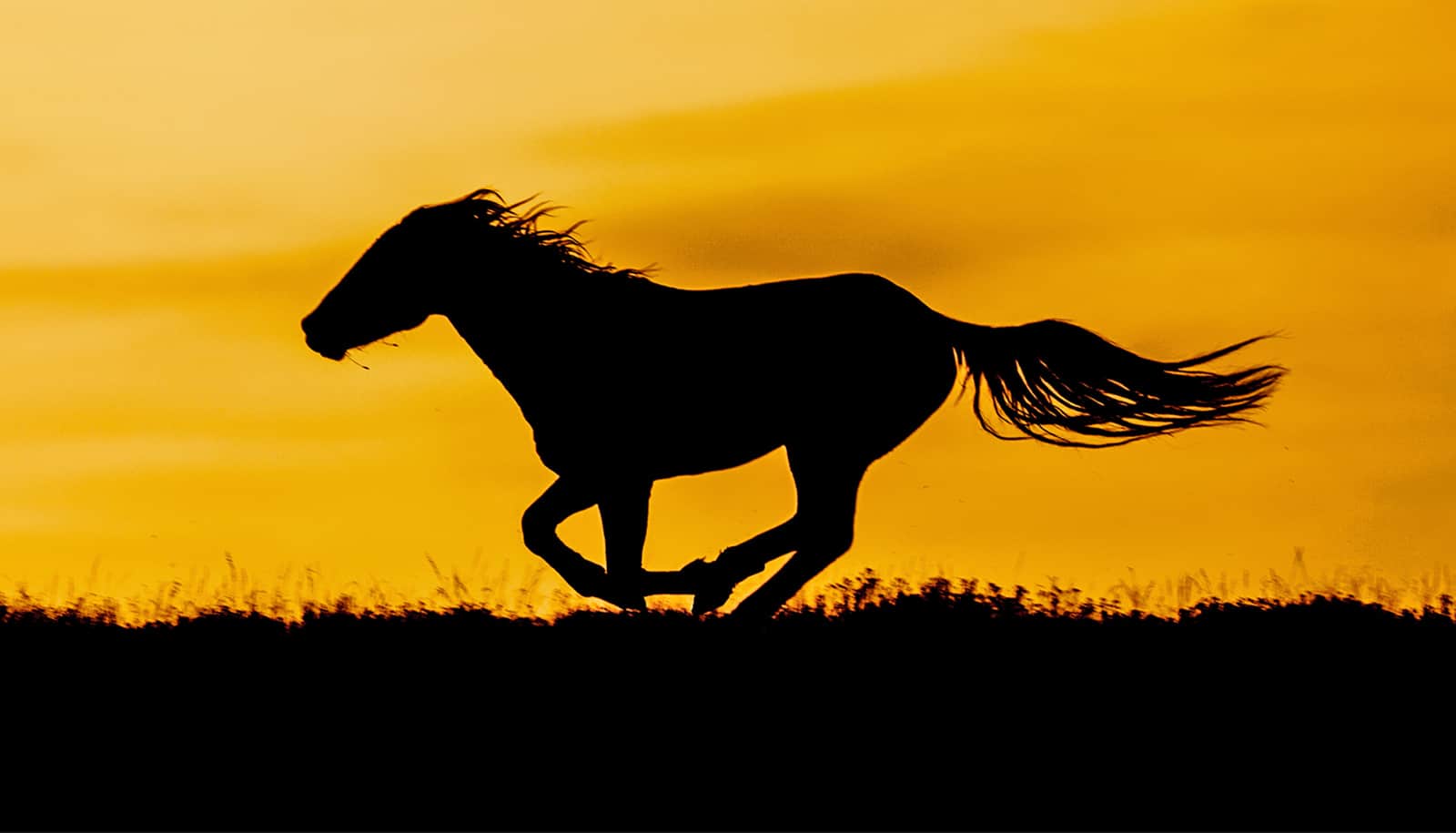For the last decade, zoologists have battled over the question “What is the oldest branch of the animal family tree?” Is it the sponges, as they had long thought, or a distinctly different set of creatures, the delicate marine predators called comb jellies?
The answer could have a major impact on how we understand the nervous system, digestive tract, and other basic organs in modern animals to have evolved.
Now, scientists have come up with a new approach designed specifically to settle contentious phylogenetic tree-of-life issues like this. And it comes down squarely on the side of comb jellies.
For nearly a century, scientists organized the animal family tree based in large part on their judgement of the relative complexity of various organisms. Because of their comparative simplicity, sponges were considered to be the earliest members of the animal lineage.
But, the paradigm began to shift when the revolution in genomics began providing vast quantities of information about the DNA of an increasing number of species. Evolutionary biologists started to apply this wealth of information to refine and redefine evolutionary relationships, creating a new field called phylogenomics. In most cases, the DNA data helped clarify these relationships. In a number of instances, however, it gave rise to controversies that intensified as more and more data accumulated.
In 2008 one of the early phylogenomic studies fingered the comb jellies (ctenophores) as the earliest members of the animal kingdom, rather than sponges, triggering an ongoing controversy with the latest round being a massive study published last month that marshaled an unprecedented array of genetic data to support the sponges’ position as the first animal offshoot.
Comb jellies have evolved totally different brains
“The current method that scientists use in phylogenomic studies is to collect large amounts of genetic data, analyze the data, build a set of relationships, and then argue that their conclusions are correct because of various improvements they have made in their analysis,” says Antonis Rokas, professor of biological sciences at Vanderbilt University, who devised the new approach with postdoctoral scholar Xing-Xing Shen and Chris Todd Hittinger, an assistant professor at the University of Wisconsin-Madison.
“This has worked extremely well in 95 percent of the cases, but it has led to apparently irreconcilable differences in the remaining 5 percent.”
First to diverge
For the current study, published in Nature Ecology & Evolution, researchers decided to focus on 18 of these controversial relationships (seven from animals, five from plants, and six from fungi) in an attempt to figure out why studies have produced such strongly contradictory results. To do so, they got down into the weeds, genetically speaking, and began comparing individual genes of the leading contenders in each relationship.
“In these analyses, we only use genes that are shared across all organisms,” Rokas says. “The trick is to examine the gene sequences from different organisms to figure out who they identify as their closest relatives. When you look at a particular gene in an organism—let’s call it A—we ask if it is most closely related to its counterpart in organism B? Or to its counterpart in organism C? And by how much?”
These analyses typically involve hundreds to thousands of genes. The researchers determined how much support each gene provides to one hypothesis (comb jellies first) over another (sponges first). They labeled the resulting difference a “phylogenetic signal.” The correct hypothesis is the one that the phylogenetic signals from the most genes consistently favor.
In this fashion they determined that comb jellies have considerably more genes which support their “first to diverge” status in the animal lineage than do sponges.
Crocodile cousins
Another contentious relationship the researchers addressed was whether crocodiles are more closely related to birds or turtles. They found that 74 percent of the shared genes favor the hypothesis that crocodiles and birds are sister lineages while turtles are close cousins.
Ancient skull links turtles to birds
In the course of their study, they also discovered that in a number of contentious cases, one or two “strongly opinionated genes” among all the genes being analyzed appear to be causing the problem because the statistical methods that evolutionary biologists have been using are highly susceptible to their influence.
In some cases, such as controversies regarding the origins of flowering plants and modern birds, they determined that the removal of even a single opinionated gene can flip the results of an analysis from one candidate to another. In cases like this, the researchers were forced to conclude that the available data is either inadequate to support a definitive conclusion or it indicates that the diversification occurred too rapidly to resolve.
“We believe that our approach can help resolve many of these long-standing controversies and raise the game of phylogenetic reconstruction to a new level,” Rokas says.
The National Science Foundation, the Department of Energy Office of Science, the USDA National Institute of Food and Agriculture, and the National Institutes of Health funded the work.
Source: Vanderbilt University



